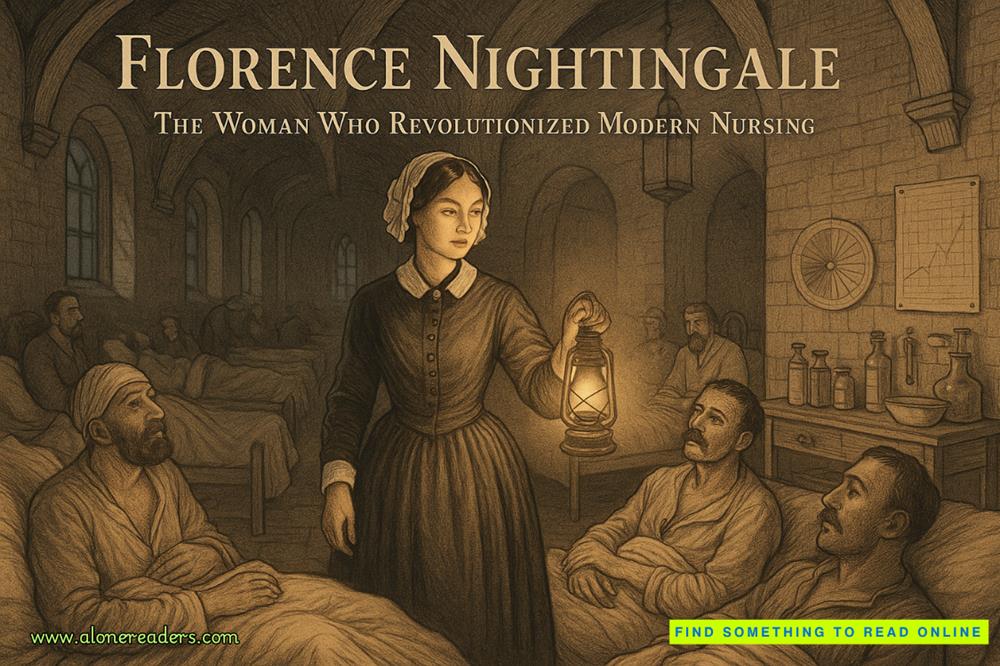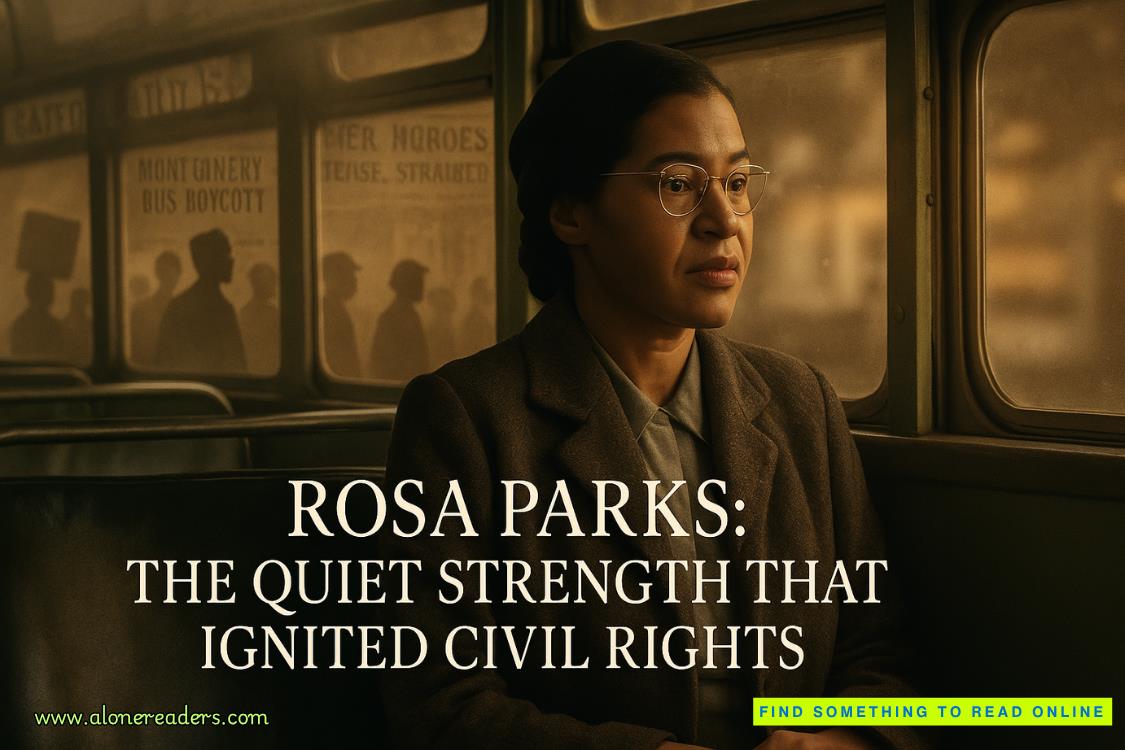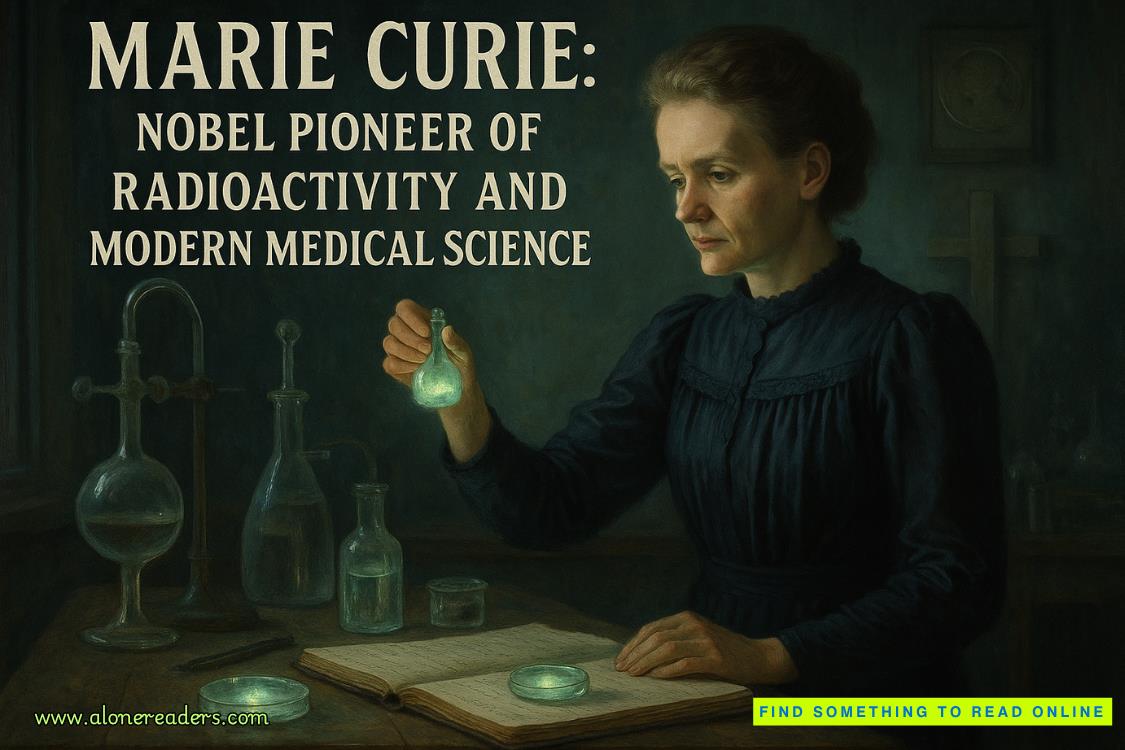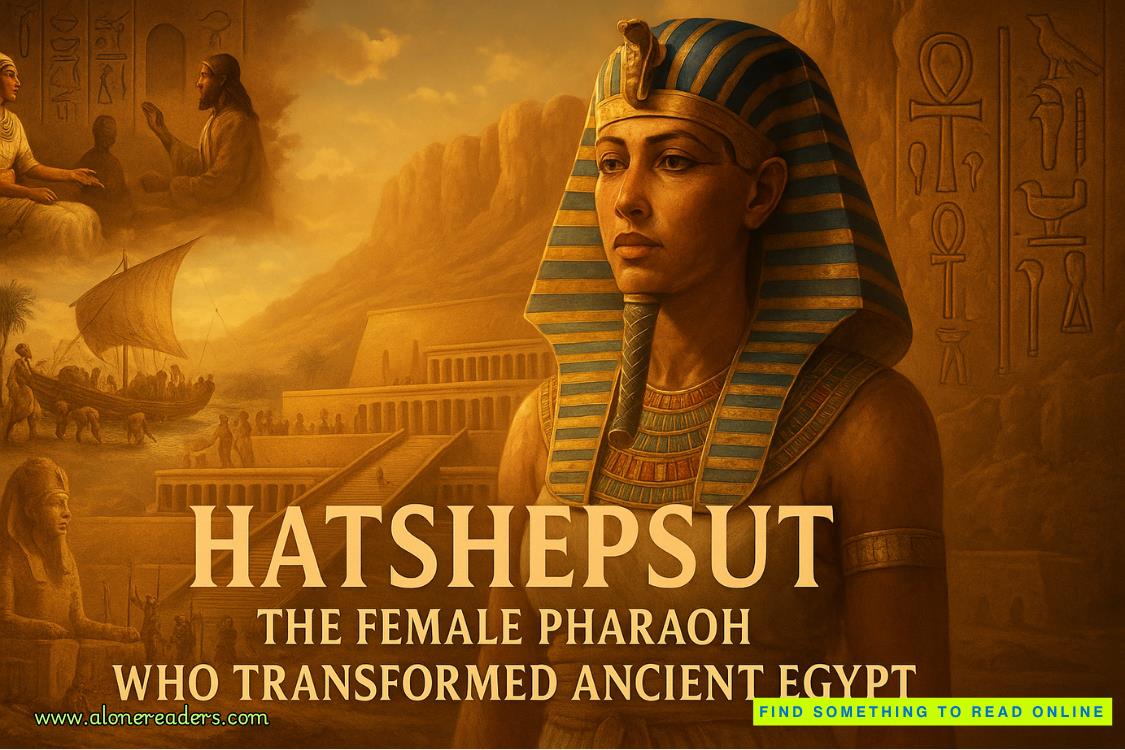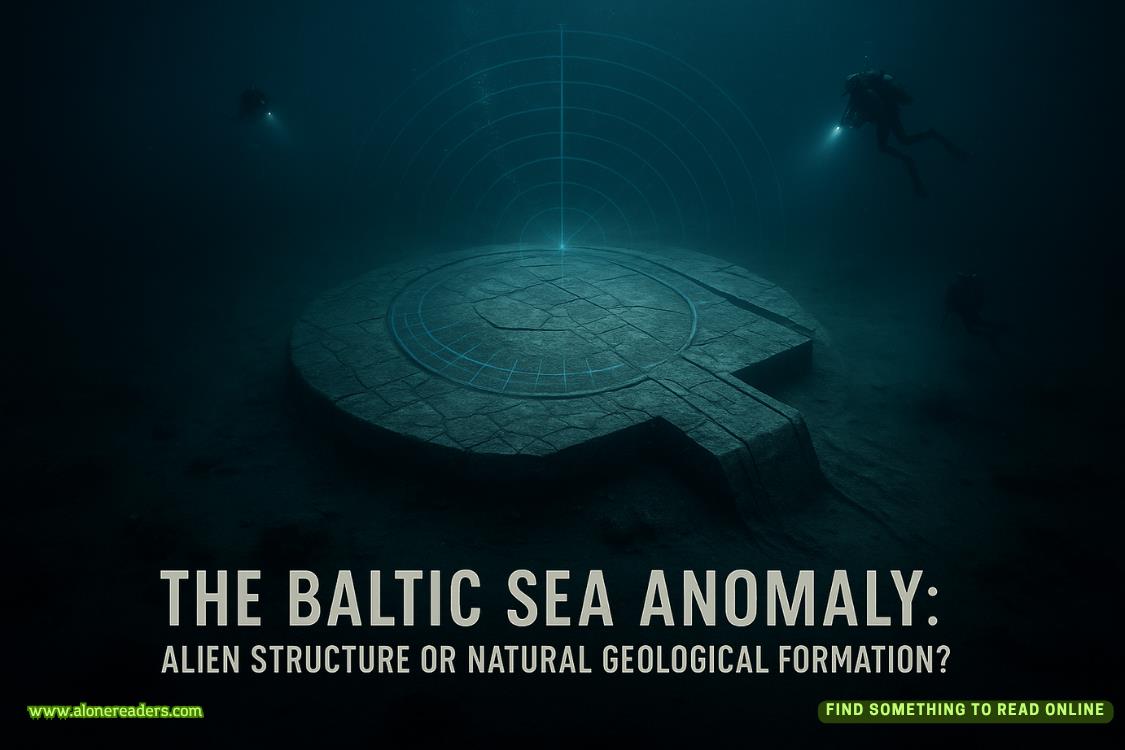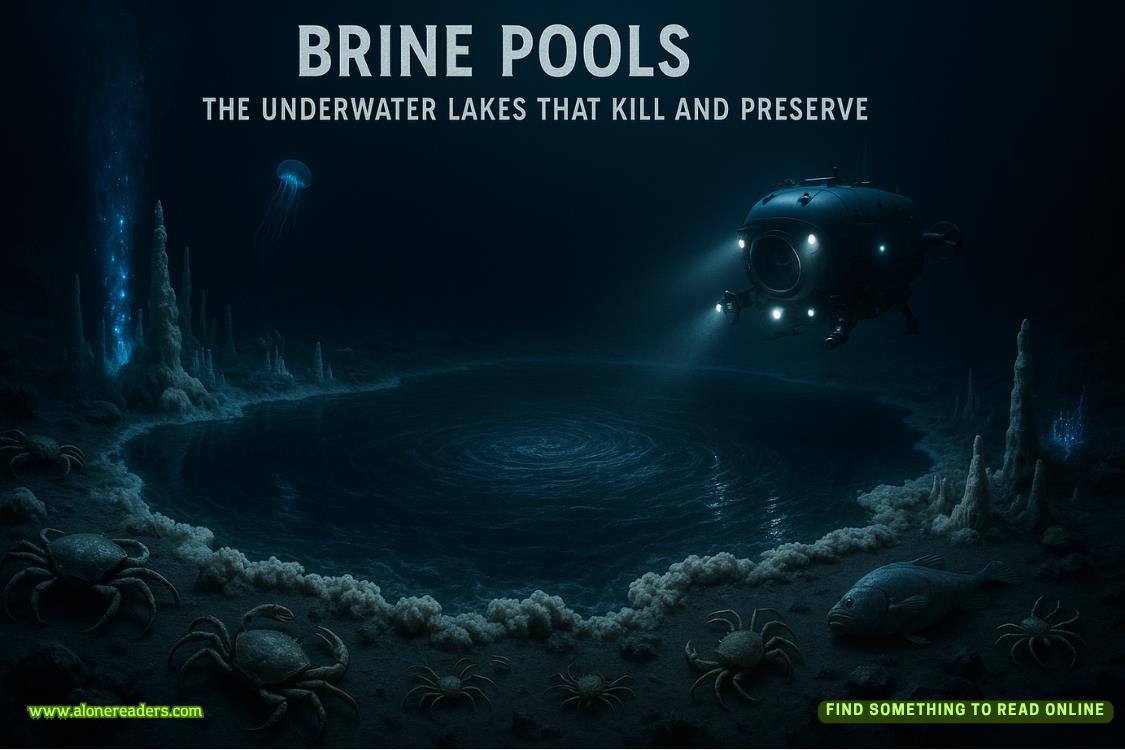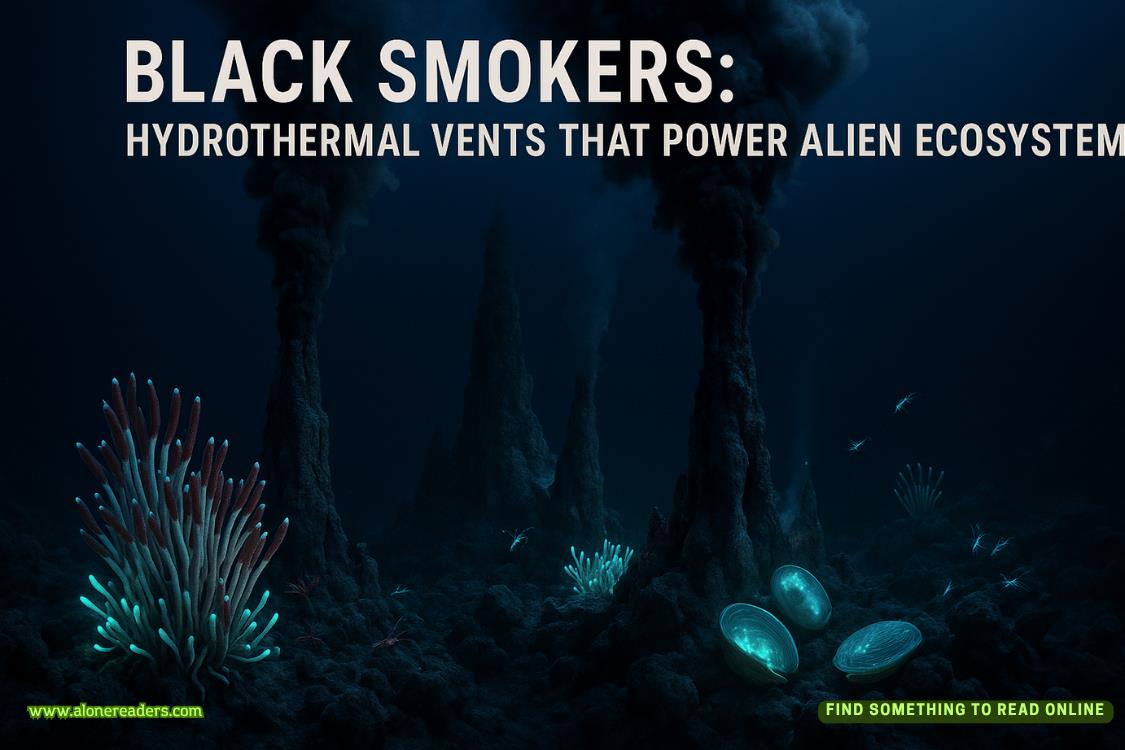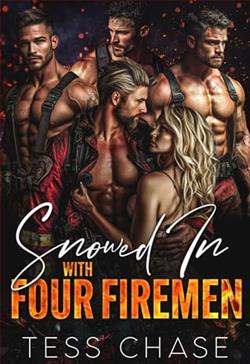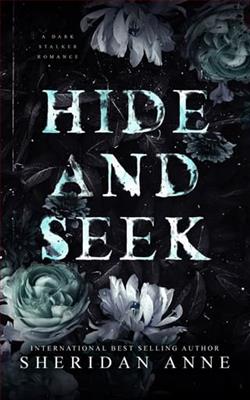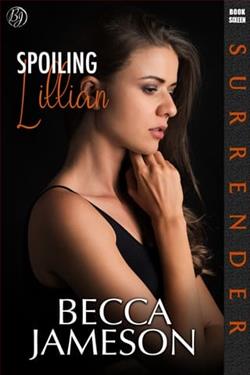Page 18 of Grave Matter
“This is where I’d like for us to forage,” Nick says as he stops in the middle, lowering his pack to the grass. “Everyone split up but remain in the glen where I can see you.”
“Yes, Dad,” Munawar says, which makes everyone laugh.
“Fine, you can go in twos if you want to explore deeper. Just make sure you’re talking the entire time,” Nick concedes with a sigh. “Keeps away the animals, even though your bear bells should do the trick. And have those compasses handy. I don’t want you getting lost. The forest here can play tricks on you.”
Lauren looks at me expectantly. “Well? Shall we explore?”
I nod eagerly. Under Nick’s watchful eye, we head east to where a faint deer trail zags through Oregon grape and stinging nettle, the latter we are careful to avoid. The alders turn into cedar and fir, the forest becoming darker as we go. I know we’re heading toward the water, so it should be opening up, not becoming more overgrown, dense, and tangled, the branches overhead touching each other and blotting out the sky.
“It’s kind of creepy,” Lauren says, but she’s smiling.
“Yeah,” I agree, looking around. Nothing but dark trees and the wild underbrush. “Makes you feel like something is watching you,” I add, trying to creep her out a little more.
“Something probably is,” she says playfully, tucking her hair behind her ear. “Trees have eyes, don’t you know?”
We eventually come to a stop by a grove of cedars, Lauren taking out her water bottle with the Madrona Foundation logo on it and downing it. In front of us is a beast of a western cedar, meters wide, bigger than all the rest, and I instinctively place my palm on the rough, red strips of bark. My eyes fall closed, thinking about what Lauren said. Trees might not have eyes, but they communicate to each other through the mycelia that travels under the earth. The mycorrhizal network allows trees to shoot more nutrients to saplings, such as those in the shade, giving them a better chance at survival. They see without eyes.
“This is a mother tree,” I whisper, the oldest and most established, with the deepest fungal connections, the one to recognize distress signals in other trees and send them more water. I feel like if I concentrate hard enough, I can almost feel the tree trying to talk to me.
As if it thinks I’m in distress.
You’re right, I can’t help but think.I am in distress. I feel like my whole world is about to collapse any day now.
Suddenly, an image flashes through my mind.
A dark-haired girl in a nightgown, hanging from a tree, her neck broken.
Dead.
I gasp and step away from the tree, my eyes flying open.
“Looks like blue stain fungus,” Lauren says. She’s kneeling beside me, fingers trailing over the blue streaks on the bark, not noticing my reaction.
Chill out, I remind myself, and the image of the girl starts to fade from my mind until I can’t remember what I saw, but I know that I saw something.
“Worth sampling?” she asks, finally looking up at me. She frowns. “You okay? You look a little pale.”
“I’m fine,” I tell her quickly. “Let’s keep going.”
“Sure,” she says, wiping her palms on her jeans as we continue along the path. I trail behind her. My head feels swimmy, my gait off-balance. I think the lack of food is finally catching up with me, and yet I’m still not hungry.
I’m lost in my thoughts, blindly following Lauren, when she suddenly stops, and I slam into her back.
“Oh my god,” she gasps.
“What?” I peer over her shoulder.
In front of us, in a small clearing of dirt and pine needles, is a mound of soil with a cross made of sticks at one end.
A grave.
A grave that is covered in fungi, the fruiting bodies of the mushrooms sprouting across it. There must be hundreds of them, various sizes of the same variety, so white they’re nearly translucent, their gills a bright orange.
Suddenly the air fills with a whiny droning noise, like mosquitos.
“Should we sample them?” Lauren asks me uneasily.
I shake my head. “No. We need to turn back and tell Nick.”
